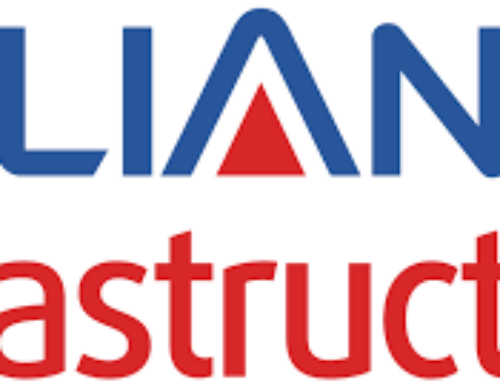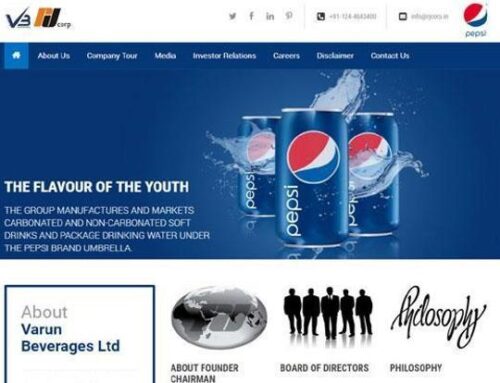
Industry Profile: Indian automobile industry is one of the largest and most competitive in the world. In FY 15-16 production total was 23.96 million vehicles. The sector accounts for 7.1 percent of the GDP of India, out of which 81% is the Two-wheeler market. Indian automotive aftermarket is estimated to grow at around 10-15 percent to reach US$ 16.5 billion by 2021 from around US$ 7 billion in 2016. It has the potential to generate up to US$ 300 billion in annual revenue by 2026, creates 65 million additional jobs, and contribute over 12 percent to India’s Gross Domestic Product. Maruti in Car and Hero Moto corp is in the Two-wheeler market and is the leader. Passenger Vehicle holding 13% market. Maruti Suzuki expects the Indian passenger car market to reach four million units by 2020, up from 1.97 million units in 2014-15. Mr. Young Key Koo, Managing Director, Hyundai Motor India Ltd, has stated that India is an important market for the company in terms of volumes and as a hub of small products for exports to 92 countries. Like many companies trying to increase revenue, the rural market is significant for further growth. India is also one of the leading exporters of automobiles and has strong export growth expectations for the near future. In April-March 2016, overall automobile exports grew by 1.91 percent. PV, Commercial Vehicles (CV), and Two Wheelers (2W) registered a growth of 5.24 percent, 16.97 percent, and 0.97 percent, respectively, in April-March 2016 over April-March 2015. The industry has attracted Foreign Direct Investment (FDI) worth US$ 15.79 billion from April 2000 to September 2016, according to data released by the Department of Industrial Policy and Promotion (DIPP). Several automobile manufacturers, from global majors such as Audi to Indian companies such as Maruti Suzuki and Mahindra & Mahindra, are exploring the possibilities of introducing driverless self-driven cars to India.
Company Profile: Tata group is India’s largest automobile manufacturer in nearly all segments. The company was established in 1945 by Astana Engineering and Locomotive Co. Ltd. to manufacture locomotives and other engineering products. Today it is a manufacturer of CV, Sports vehicles, Defence, and PV, with JLR in its portfolio. It is part of the Tata group. It is the leader in commercial vehicles in each segment and among the top three in passenger vehicles, with winning products in the compact, midsize car, and utility vehicle segments. In addition, the company is the world’s fourth-largest truck manufacturer and second-largest bus manufacturer. The company’s manufacturing base in India is spread across Jamshedpur (Jharkhand), Pune (Maharashtra), Lucknow (Uttar Pradesh), Pantnagar (Uttarakhand), and Dharwad (Karnataka). Following a strategic alliance with Fiat in 2005, it has set up an industrial joint venture with Fiat Group Automobiles at Ranjangaon (Maharashtra) to produce Fiat and Tata cars and Fiat powertrains. In addition, the company is establishing a new plant in Sanand (Gujarat). The company’s dealership, sales, services, and spare parts network comprises over 3500 touch points; Tata Motors also distributes and markets Fiat branded cars in India.
Shareholding Pattern: 12 promoter entities hold 34.73%, of which part is Pledged. Mutual funds hold 4.82%—0.08% held by Financial institutions. Insurance companies have 10.44%. Foreign investors own 23.24%. The public regulates the remaining.
Financials and Ratios : [table id=75 /]
Future Prospects: The company now depends on Jaguar Land Rover results. In the past, Tata nano was blown mainly off. Now the company is concentrating on commercial and passenger vehicles, going to invest Rs. 4000 cr. The company planned up to 2022. During Cyrus Mistry’s days, the company was in the limelight. But after his ouster, the situation is worst. Concentrating on Commercial space maybe not be suitable as space will only be good when growth occurs, which is nowhere. But as N Chandra is chairman, you may bet on the company.



